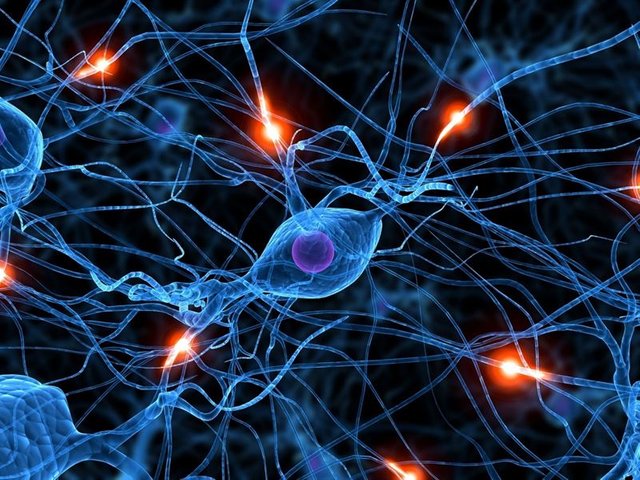Why yawn? There will be some explanation for this effect
Surely you've ever yawned in front of a person and therefore also just yawning, and surely once in your life you've asked. Why is yawning contagious?
As well. Seeing someone yawning or hearing a yawn or even reading about yawning can make you yawn. So get ready because today I'm going to show you why it's so contagious.
What is a yawn?

A yawn is the uncontrolled action of opening the mouth, with very wide separation of the jaws, to perform a deep inhalation followed by an expiration of something less than inhaled, with final closing of the mouth opening. When yawning, in addition, the facial muscles are stretched, the head is tilted backwards, the eyes are closed or closed, the eyes are tearful, salivated, the Eustachian tubes of the middle ear are opened and many others are made, although imprecise, Cardiovascular, neuromuscular and respiratory actions.
This fact occurs in all ages equally and also in some species of birds, reptiles and other mammals.
It is commonly believed that yawns are not so related to sleep, but to wakefulness, according to a series of studies on this subject..
There are conjectures about the relationship between contagion and empathy. But for the first time, scientists have observed and studied this phenomenon carefully.
The results obtained during the experiment showed that the rate of yawning infection is higher in the first place with relatives, secondly with friends, acquaintances and finally strangers.
The findings suggest that yawning is a way of showing solidarity with people who experience a sensation, which in this case, is often related to stress, anxiety, boredom or fatigue
Why is yawning contagious?
Yawning can only be spread in humans and chimpanzees, in response to listening, seeing, reading, or thinking about a yawn. How many times have you yawned only when reading this article?
Other results obtained during the experiment showed that the rate of yawn transmission is higher first with relatives, secondly with friends, acquaintances and finally strangers.
According to a recent article published by the BBC news, yawning produces a cooling in the brain in which it helps to make it work better, according to the theory that yawning occurs as a mechanism for cooling and regulating the brain, it is known that Yawning is contagious from ancestral times.
Studies showed that there are people more predisposed to get a yawn, and that children are difficult to catch when they are less than 4 years old.
These studies clarify that still more analysis has to be done to understand the exact reason why the yawn is contagious. However, the indications show that age is the most important predictive factor when analyzing the yawn contagion.
Yawning neurology
Yawning is a stereotyped event, old from the phylogenetic point of view. The neural structures necessary for yawning are located in the medulla oblongata near the respiratory and vasomotor centers. The yawn can be triggered by multiple stimuli, such as seeing someone yawning, participating in boring work, or being sleepy. Several neurotransmitters and neuropeptides are involved: oxytocinergic neurons in the paraventricular nucleus of the hypothalamus mediate the expression of yawning through connections with the hippocampus, the pons and the medulla oblongata. The neurons that produce yawning are activated by the action of dopamine, excitatory amino acids and oxytocin. They are inhibited by opioid peptides. There are several links between neurotransmitters and neuropeptides related to yawning that suggest that the latter is controlled and influenced by multiple pathways, but whose details are not yet specified.
Conclusion
Conclusion? Yawning remains a mystery to science. As we could see, several experiments have been carried out, but all they show are some clues. An effective cause for yawning is still unknown. Soon with the scientific advances expected to obtain the results we want.
Ref
- Norscia, I., Palagi, E. Yawn contagion and empathy in Homo sapiens
- Neuroanatomía Funcional de Bergman y Afifi,
- Ref 1
- Ref 2
- Ref 3
Thank you for taking the time to read this publication. I hope you have a happy day, see you in the next. Do not forget to leave a comment about what you thought, thank you very much. @juanjdiaz89

